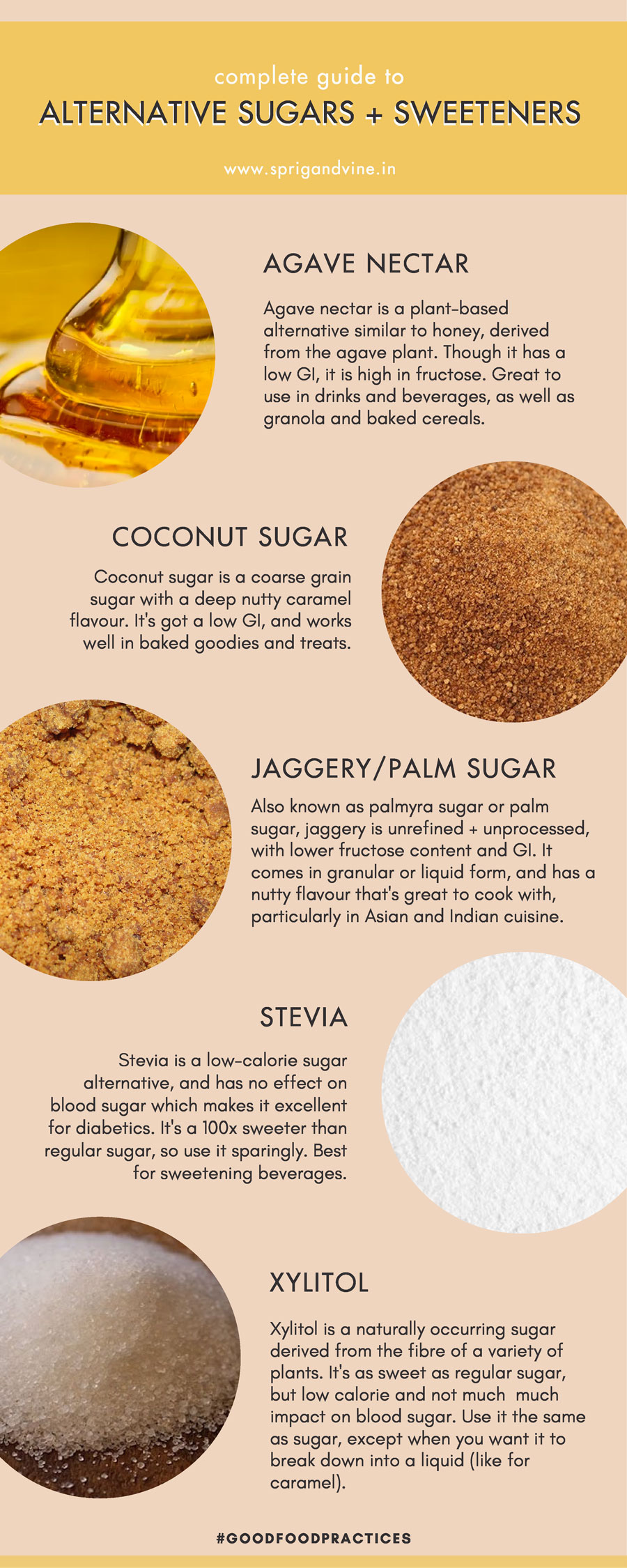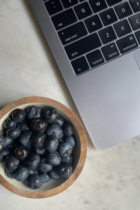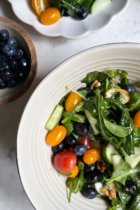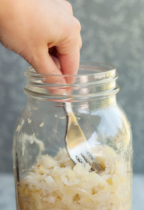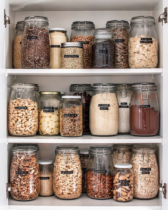It’s no secret that refined white sugar is bad for us; excess consumption can lead to ailments like diabetes, obesity, and inflammation; not to mention that it’s highly addictive.
Often, our sugar consumption comes from sources that we don’t even know contain sugar! Whether you look at nutrition labels, or restaurant food, almost everything contains sugar; often hidden under other names or healthier sounding alternatives. While living a life without sugar is certainly not practical, cutting down on your sugar consumption is necessary and recommended.
But here’s the real kicker: not all sugars are created equal!
We all crave that little something sweet now and then, but the key is to make better choices when it comes down to it. Here at Sprig & Vine we reach for our trusty favourites — honey, dates, maple syrup — to sweeten things up, but there are a host of new sweeteners in the market today. Read on the learn about which sugar substitutes to avoid at all costs, and those which aren’t too bad.
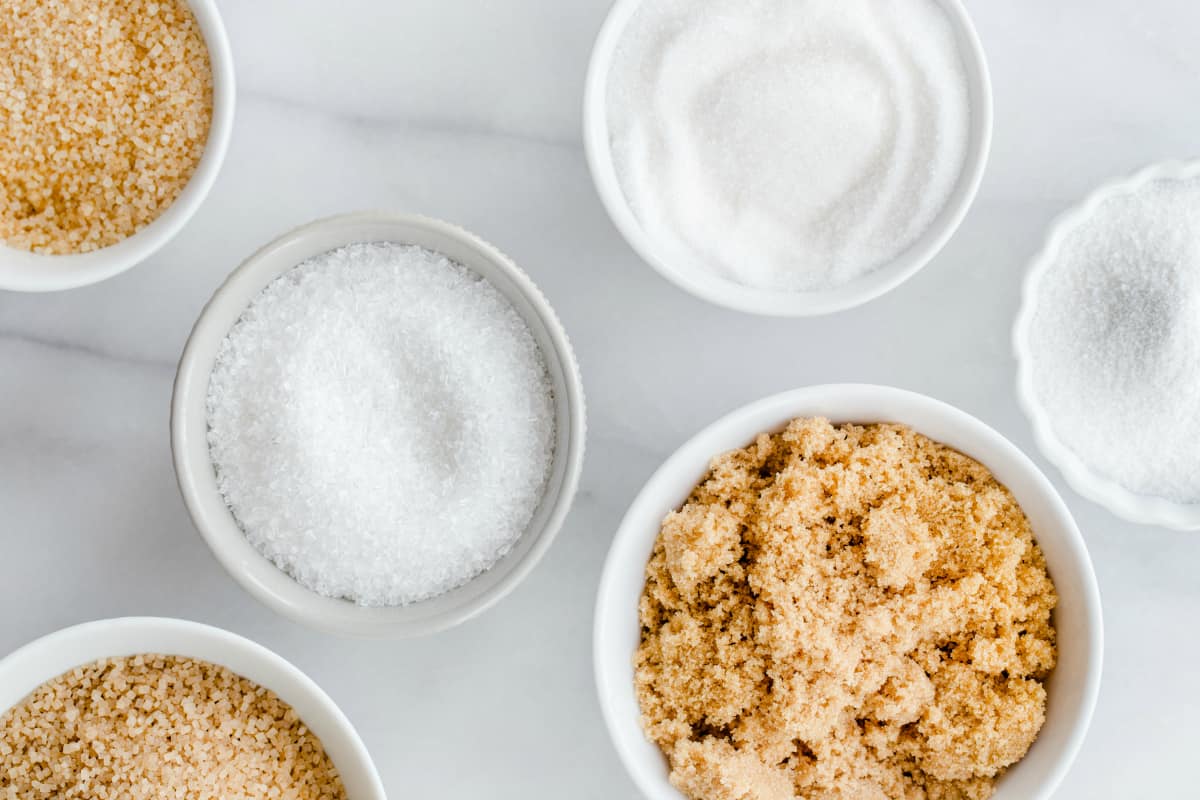
Understanding Sugar
- Most grocery store labels only count refined white sugar or sucrose as sugar, but in reality all of there are many other hidden forms of sugar
- For example, stuff that ends in “-ose” or “syrup” like fructose, brown rice syrup or high-fructose corn syrup also contain sugar
- High-fructose corn syrup (though derived from corn) is made by an intense chemical process that makes it one of the worst offenders
- Fructose exists naturally in fruit and honey, which means an excess of these are harmful too. This is specially true in the case of foods like açai bowls which are marketed as healthy, but are fruit laden and contain a large amount of fructose
- Fructose is considered a good option as opposed to other sugars because it has a low glycemic index. GI is a system of ranking foods according to their effect on blood sugar. The more processed a food is, the higher the GI.
- The sugars you must avoid at all costs are artificial sweeteners — stuff like saccharin, aspartame, sucralose etc.
The complete guide to alternative sugars and sweeteners:
AGAVE
Agave is a syrup similar to honey, extracted from the agave plant which makes it entirely plant-based. It has a low GI, though it does contain high amounts of fructose. It dissolves easily, and is a great alternative for vegans who don’t want to consume honey.
How to use it: use it in beverages like iced tea or cocktails in place of simple syrup; it also goes well as a topping on cereal or to make granola, granola bars etc. It can be used to replace honey in baking.
COCONUT SUGAR
Coconut sugar or coconut palm sugar is a coarse grain sugar that is similar to brown sugar, with a deep nutty caramel flavour. It’s less processed than table sugar, and has relatively low GI. It does contain fructose, but in smaller quantities.
How to use it: Coconut sugar can be used the same way you would regular table sugar, in baking, cooking, for desserts etc. The rich caramel flavour is great for baked treats like cookies!
JAGGERY
Jaggery, also known as palmyra sugar or palm sugar, comes from the palmyra palm tree flower native to India and Sri Lanka. It’s unrefined and unprocessed, with lower fructose content and GI as compared to other sugars.
How to use it: Jaggery is dark brown in colour, and has a toasty caramel flavour that’s beautiful to cook with. You can either get it in a block, in granular form, or as a liquid sweetener. It works wonderfully in Asian and Indian dishes, salad dressings, and even desserts.
STEVIA
Stevia is touted as a low-calorie sugar alternative, derived from a South American plant. It has practically no effect on blood sugar which makes it an excellent choice for those who have diabetes or insulin resistance. It’s most commonly found in powdered form, though you do get liquid stevia as well.
How to use it: Stevia is about a 100x sweeter than regular sugar, so a little bit goes a long way. Powdered stevia can be used to sweeten beverages like tea and coffee; you can cook with it though it doesn’t have the same properties as sugar when it comes to making things like custard, meringue, or cream.
XYLITOL
Xylitol is a naturally occurring sugar substitute derived from the fibre of a variety of plants. Though xylitol is as sweet as regular sugar, it has a lesser calorie count and don’t have much impact on blood sugar. On the flipside, xylitol is often associated with gastrointestinal issues like bloating.
How to use it: Xylitol comes in granulated form, and is popularly used in chewing gums, toothpastes etc. It can be used the same way as you would use table sugar, except for preparations where you require sugar to break down into a liquid, like when making caramel.
The Bottom Line
Here’s the thing: These alternative sugars and sweeteners might be better than white sugar (sucrose), but they’re all still sugar, and thus should not be consumed in large quantities, specially if you’re trying to improve your health. If you’re looking to add more natural options to your daily diet, start with dates, honey, stevia, maple syrup as they are the best of the lot. Even with these, quantity is still important.
Consume in moderation, and make it the good kind.
Save our handy infographic on alternative sugars and sweeteners:

